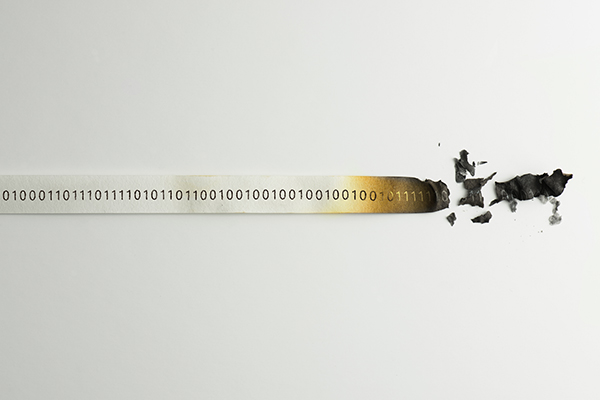Disaster Recovery
Disaster Recovery Module
Our Disaster Recovery module is a critical component of our Mainframe Availability and Resilience Service (ZMARS). It evaluates and enhances your disaster recovery capabilities to ensure your organisation can respond effectively and promptly to major outages where you can no longer conduct business from your primary production site.
It is critical for any business to have an IT disaster recovery (DR) plan, especially when there are legal requirements and/or financial penalties for not meeting the minimum service level for DR. It is essential that the DR plan is complete, operationally proven, practiced regularly to maintain readiness, and that any short fall or regression is addressed very quickly.
Two types of testing are required. Firstly, a planned site swap that involves a clean Db2 shutdown and running on the alternate configuration for an extended period of time.
Secondly, Db2 DR crash restart testing using a tertiary copy of the production data which was created from an I/O consistent copy of the secondary DASD mirror.

Key Focus Areas
The Triton study team will study and evaluate the DR readiness of your organisation based on the type and completeness of both types of testing performed:
- Ensure the technical configuration on the alternate site can fully support running the production workload at peak times and can still meet production service levels
- Ensure I/O consistency of the secondary copy of the DASD mirror is established and protected at the first sign of a trigger event that can lead to a DR event
- Whether the timing of taking the tertiary data copy used for Db2 DR crash restart testing is varied and includes peak processing period
- Evaluate whether Db2 DR crash restart testing exposes a wide variety of processing and error conditions, including rare conditions that may require manual recovery action
- Ensure any Db2 data recovery assets (image copies, archive logs) that may be required for advance data recovery action are available at the alternate site
Importance of a Disaster Recovery Plan
Minimised Downtime:
By having a well-structured and thoroughly tested disaster recovery plan, you can significantly reduce the downtime associated with site failures, ensuring that your business operations can resume quickly and efficiently, minimising financial and operational impacts.
Regulatory Compliance:
Governmental and industry regulatory bodies require adherence to strict disaster recovery requirements. A disaster recovery plan is essential to ensure compliance with these legal and regulatory requirements, avoiding potential fines and other legal consequences.
Customer Trust and Business Continuity:
Demonstrating that you have robust measures in place to protect data and maintain operations in the face of disasters builds trust with your customers and stakeholders, ensuring business continuity and safeguarding your company’s reputation.
Database Backup and Recovery
Is your backup and recovery strategy tailored for optimised, safe local recovery in scenarios ranging from single object recovery to mass recovery after logical data corruption?
Db2 for z/OS Automation
Does your automation solution capture relevant Db2 exception messages and trigger automated action, to support your day-to-day operations and add an extra layer of robustness to your strategy for resilience and availability?
Db2 for z/OS Single Points of Failure
This key module focusses on identifying single points of failure, and your strategy to restore/continue services as quickly and transparently as possible in the event of failure.
